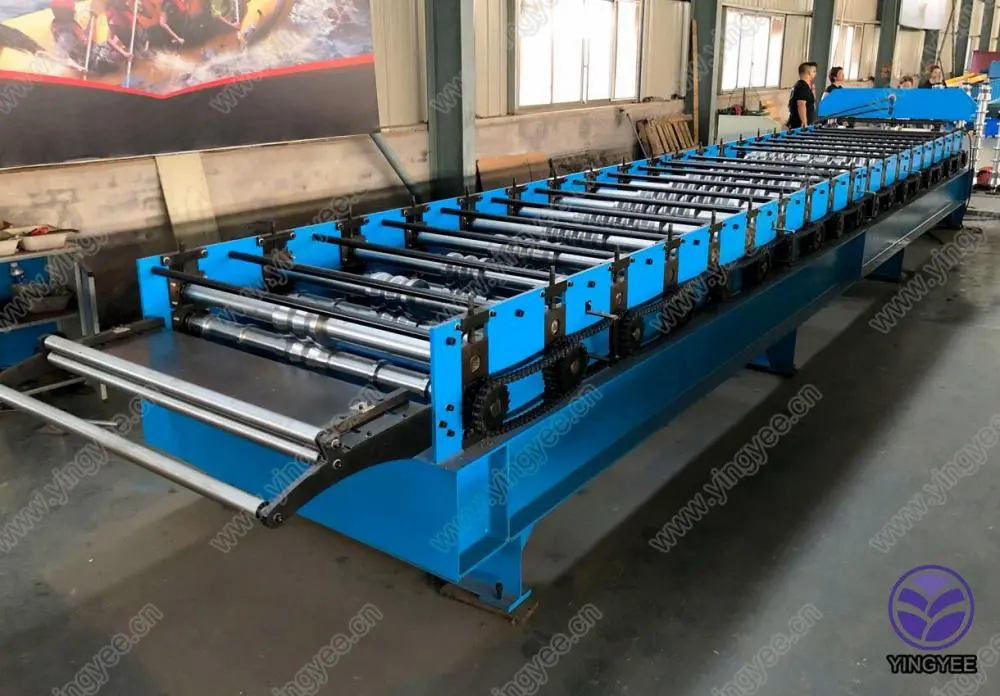
The Role of Cold Bending Machines in Highway Sound Barrier Construction
Highway sound barriers are crucial elements in modern infrastructure, designed to reduce noise pollution and create a more pleasant environment for residents living near busy roads. The construction of these sound barriers involves various materials and techniques, one of which is the cold bending of materials used in their fabrication. This article will delve into the significance of cold bending machines in the context of highway sound barrier construction.
Understanding Sound Barriers
Highway sound barriers are typically made from materials such as concrete, metal, wood, or composite materials, all of which serve the primary function of dampening noise generated by passing vehicles. These structures can differ in height and design, with the most effective barriers often being taller and designed to reflect sound away from residential areas. The choice of material plays a crucial role in determining the effectiveness of these barriers, as well as their aesthetic appeal.
What is Cold Bending?
Cold bending refers to the process of forming materials into specific shapes at room temperature, as opposed to heating them to achieve the desired curvature. This method is particularly advantageous in the construction of sound barriers, as it minimizes the risk of altering the material's integrity and ensures that the structural properties remain intact. Cold bending machines are designed to exert precise control over the bending process, allowing for uniformity and consistency in the production of components used in sound barriers.
The Advantages of Cold Bending Machines
1. Precision and Consistency Cold bending machines are equipped with advanced technology that allows for high precision in shaping materials. This precision is essential for components that must fit together seamlessly in sound barrier construction. Uniformity in the curvature of panels ensures that they can be assembled easily, reducing potential construction errors.
2. Material Preservation Unlike hot bending, which can compromise the integrity of some materials, cold bending preserves the original characteristics of the materials. For instance, metals retain their strength and durability, while composites maintain their lightweight properties. This is vital for sound barriers, which must withstand varying environmental conditions while remaining effective.

3. Cost Efficiency Utilizing cold bending reduces the need for additional processes such as welding or joining that may be required for hot-formed materials. This can lead to lower labor costs and faster installation times, making the overall construction of sound barriers more economical.
4. Versatility Cold bending machines can work with a range of materials, including various metals and composites. This versatility allows engineers and designers to explore different aesthetic possibilities and functional attributes, resulting in sound barriers that not only blend with the environment but also meet specific acoustic requirements.
5. Environmentally Friendly The cold bending process generally requires less energy compared to heating materials, making it a more environmentally friendly option. Moreover, many modern cold bending machines are designed to minimize waste through efficient material use, further enhancing their sustainability.
Applications in Highway Sound Barrier Construction
In the context of highway sound barriers, cold bending machines are typically used to create custom-shaped panels. These panels can be designed to fit specific elevations and angles dictated by the surrounding landscape and existing infrastructure. By using cold bending, manufacturers can produce panels that efficiently redirect sound waves while adhering to aesthetic and functional criteria set by local regulations.
Additionally, as urban areas expand and more highways are constructed, the demand for innovative sound barrier solutions will continue to grow. Cold bending technology, with its numerous advantages, will play a vital role in meeting these demands, enabling the production of effective, durable, and visually appealing sound barriers.
Conclusion
Cold bending machines are essential tools in the construction of highway sound barriers. They provide manufacturers with the precision, efficiency, and versatility needed to create structures that effectively mitigate noise pollution while enhancing the aesthetic value of the environment. As communities strive to balance infrastructure development with quality of life, the role of cold bending technology will remain prominent in the ongoing evolution of highway sound barriers.